Recently, we needed a quick PDU for an L6-20R outlet. It was cheaper and faster to get a PDU that fits the outlet than to change the outlet. The Tripp Lite PDUMH20HV is a 1U PDU that uses a C20 input and has an option for an L6-20P. So we bought this one for review for just over $200 and it has worked well. We thought folks might want to see it.
As a quick thanks to our STH supporters for helping with the budget to buy something like this. We purchased this unit on Amazon here (Affiliate link.)
Tripp Lite PDUMH20HV Hardware Overview
The front of the 1U PDU has two C19 plugs and eight C13 plugs.
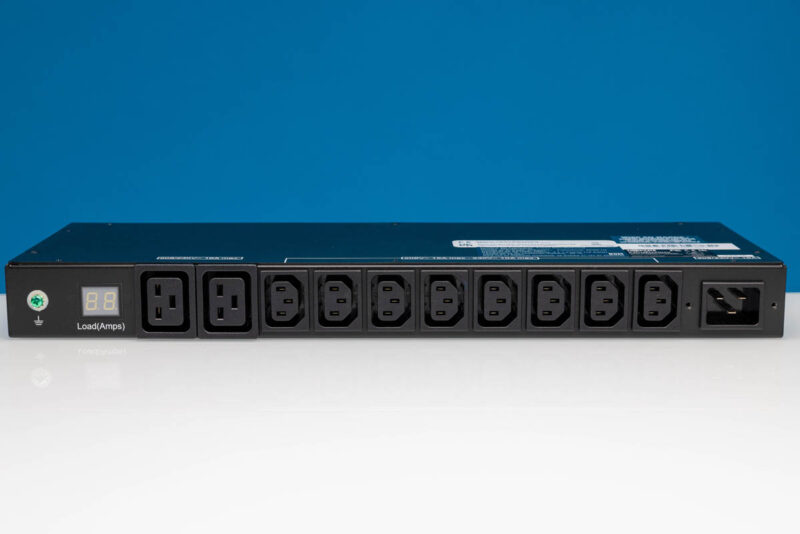
On the side, we get a load display. The PDU is a 208-240V input at 20A but is de-rated for safety at 16A. That means this has around a 3.2kW to 3.8kW of capacity.
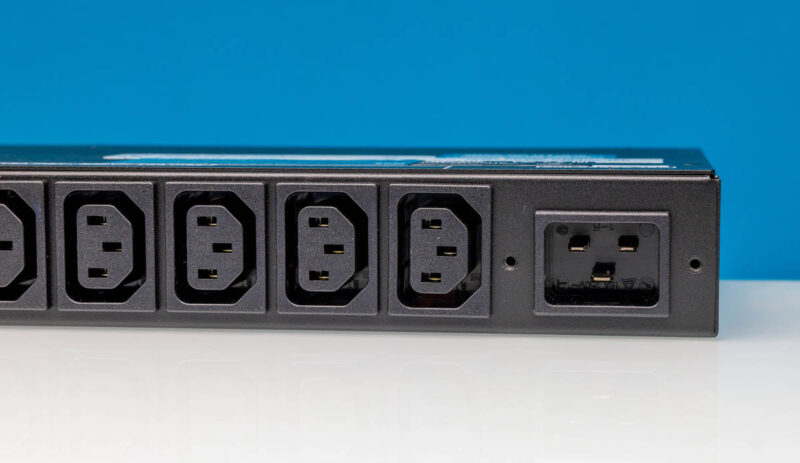
The input is via a C20 that plugs into the PDU. As a result, we get a locking bracket that screws around the input cable and into the front of the chassis. You can also see the rack ears in this shot.
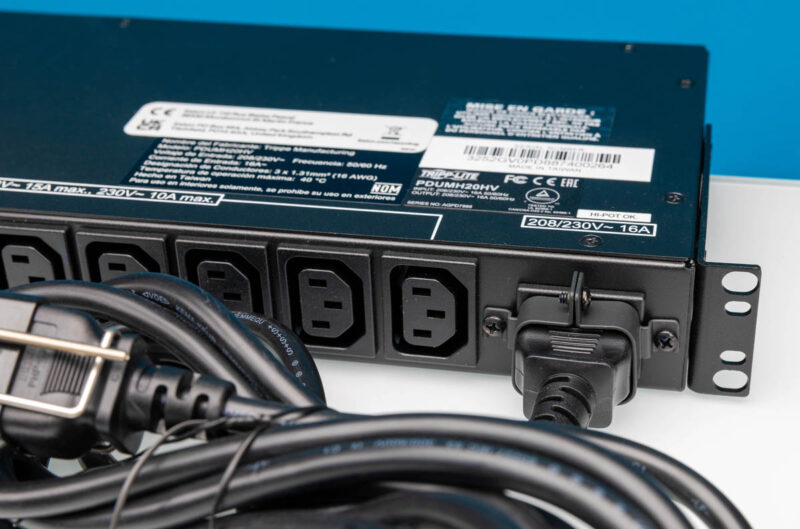
There is then a L6-20P adapter that one can optionally add to the end of the cable.
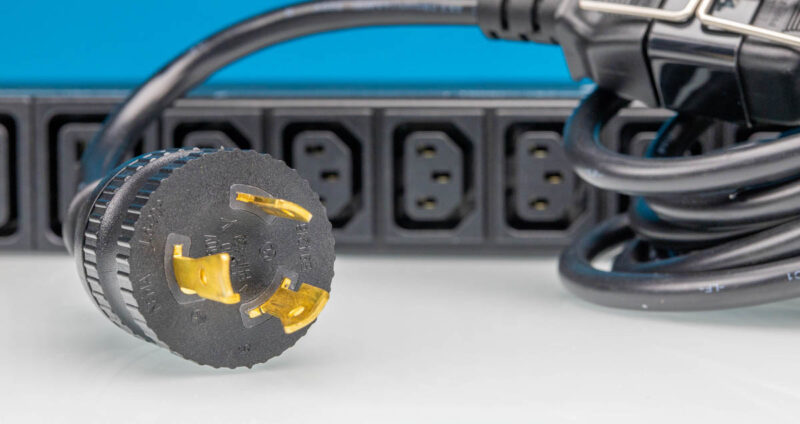
On the side, we get our metered load.
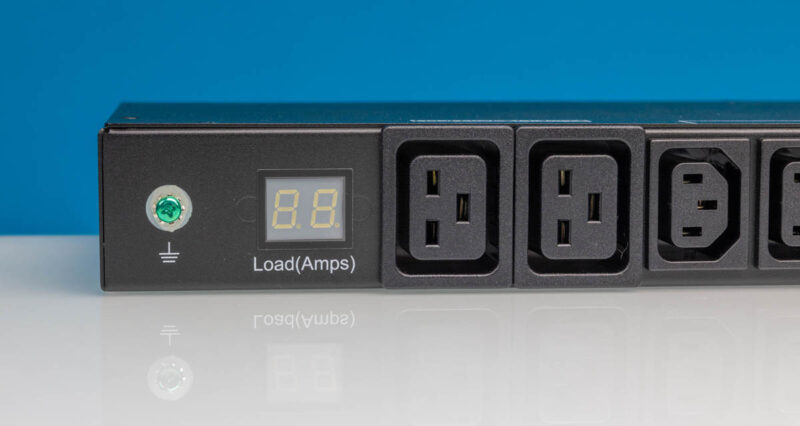
Here is the load distribution across the ports and regulatory markings on top.
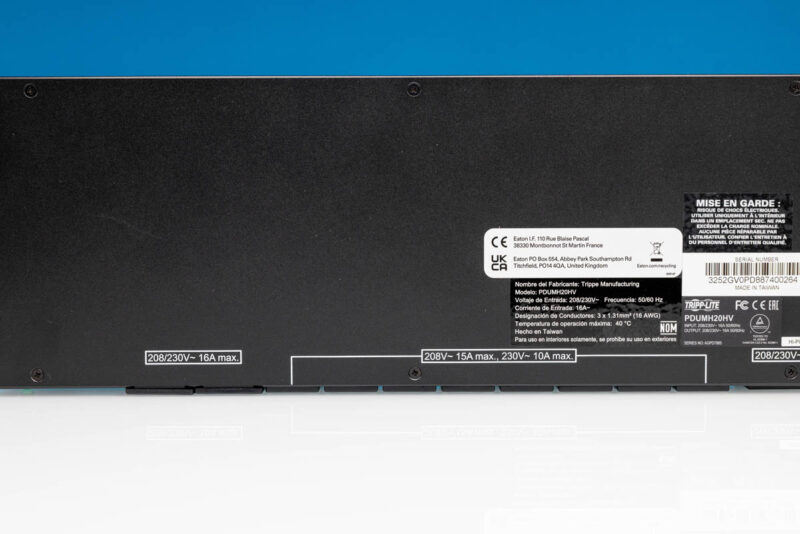
The rear has a logo.

Opening the case, if you were thinking that this short-depth PDU is full inside, you would be surprised that it is barren.
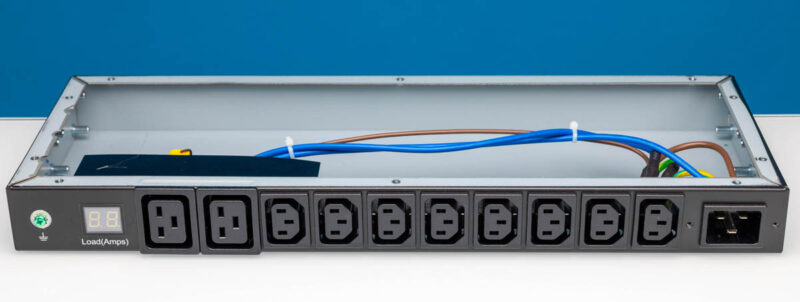
Here is the overview from a different angle so you can see just how empty the chassis is.
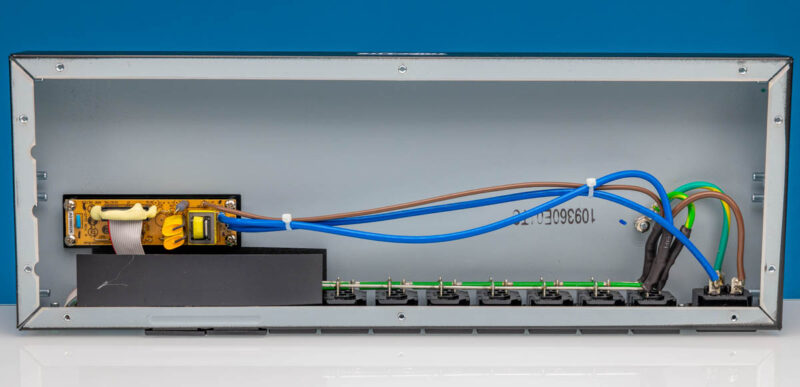
Our best guess is that this is the board that is measuring our load.
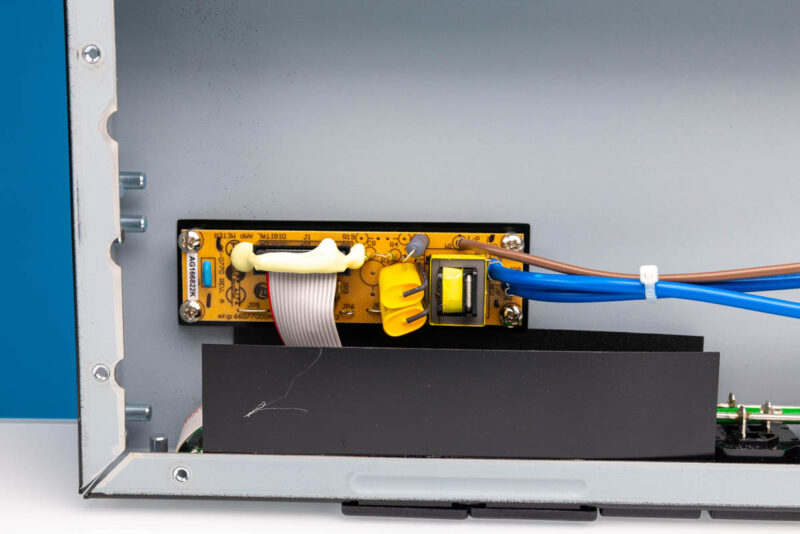
We can see it has a ribbon cable connection to the front panel meter.
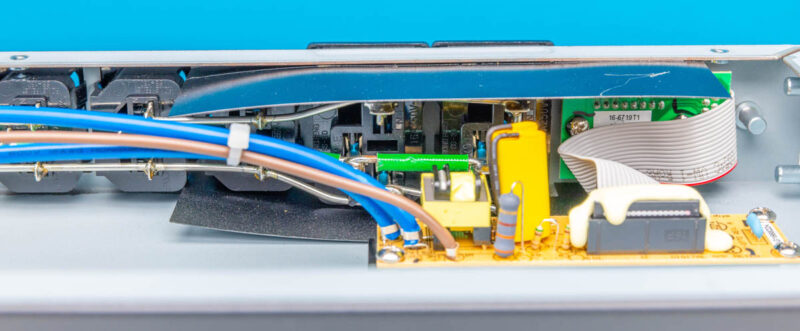
We do not comment on the build quality of these since we let our readers do that who are often more qualified.
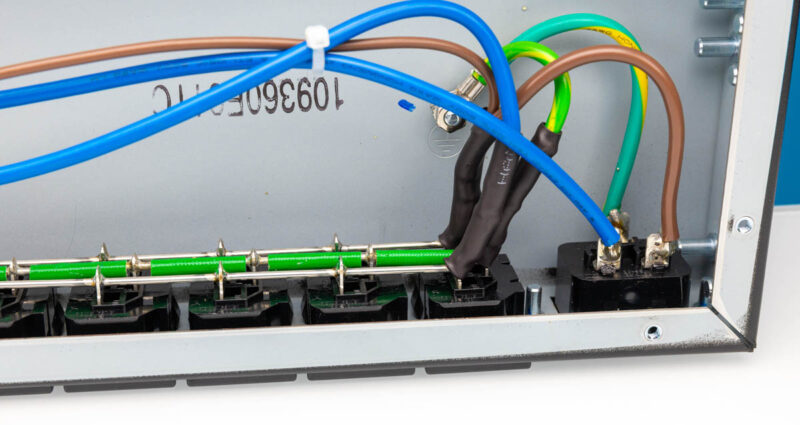
Still, this is a relatively simple design inside.
Final Words
This is far from the fanciest PDU we use. Metering is local and via a LCD screen. However, it worked, and sometimes, that is good enough. As servers become higher-power outside of the AI space, having a 15A or 20A 120V circuit will become less valuable. Running two top-end CPU compute servers in late 2024 requires a 3kW+ circuit like the one provided by this PDU.
Still, it distributed power as we expected and showed us fairly accurate load readings to the nearest amp.
Where to Buy
If you ever have a need for one, or want to check current pricing, we purchased this unit on Amazon here (Affiliate link.)

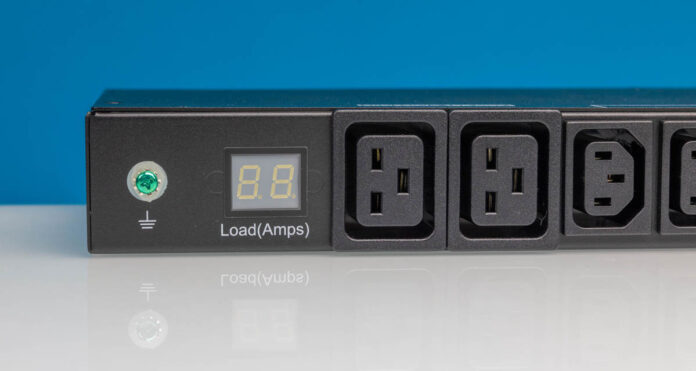
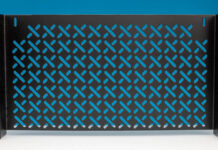
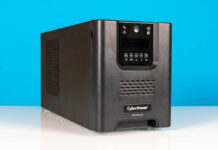

Based on how the soldering (aside from that the input should use spade connectors) looks I’d not be comfortable pushing 3kW through this PDU, especially not through the ports closest to the display.
Especially because at the same price you can pick up an Eaton EMIT10-10 or similar on Ebay
@David
The biggest load/heat will be actually on the right side, where the wire needs to carry all the load. Not on the left side. (ignoring the measuring coil for now)
That soldered wire link looks very much like 4 mm2 cross section soldered through holes. So even beyond overload, should the solder ever heat up, the wire cannot get out of its hole to create an arc. Those internal solder joints can probably survive well north of 50A total load.
Overall, this looks made for 25A constant load @high temp and then de-rated for efficiency & safety.
On needs to keep in mind that C20 cables are normally 2,5 mm2 cross section … so this being 4 mm inside is about 50% over-built at the full 20A rating. Should get pretty low power loss from the wiring and be happy even at high temps in the back of a rack.
Calling this a PDU is a bit to stretch it – Its a power strip with a load meter attached. No individual outlet breakers, or power consumption, nor any kind of management.
Didnt even see a fuse (i hope i missed that part)
As others said get a used Raritan on Ebay instead and you get a real PDU